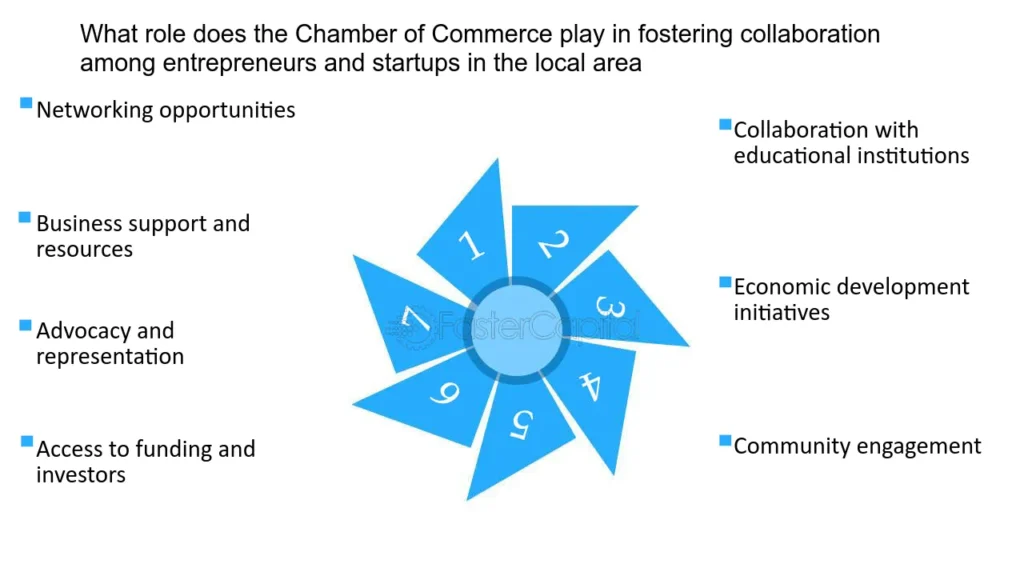Advocacy programs led by chambers of commerce are foundational in shaping business environments and addressing the challenges businesses face in today’s dynamic economy. These programs aim to influence public policy, improve business conditions, and foster collaboration among stakeholders to support economic growth. By acting as a unified voice for businesses, chambers of commerce play a pivotal role in ensuring fair, sustainable, and prosperous environments for all.
What Are Advocacy Programs?
Advocacy programs are well-organized initiatives designed to represent the interests of businesses and communities to decision-makers. These programs aim to address pressing challenges, promote growth-friendly policies, and ensure that economic frameworks align with business needs.
Role of Chambers of Commerce in Advocacy Programs
Chambers of commerce are the cornerstone of advocacy for businesses. They represent a diverse range of industries and organizations, from small and medium-sized enterprises (SMEs) to large corporations. By understanding the unique needs of these businesses, chambers craft targeted advocacy strategies. Key roles of chambers in advocacy programs include:
- Economic Policy Advocacy
Chambers of commerce actively push for policies that enhance economic stability and growth. This includes advocating for reduced taxation, simplified regulatory procedures, and incentives for investment and innovation. - Workforce Development Advocacy
Addressing labor shortages, advocating for skill-building programs, and supporting policies to improve workforce availability are crucial aspects of chamber advocacy. These initiatives aim to equip businesses with the talent they need to thrive. - Infrastructure and Transportation Development
Chambers recognizes that robust infrastructure is a backbone for business success. Advocacy efforts focus on securing investments for better roads, public transportation, digital connectivity, and supply chain networks.
How Advocacy Programs Benefit Businesses
1. Amplifies Business Voices
Advocacy programs act as a megaphone for businesses, ensuring their concerns and needs are heard by policymakers. This collective representation is especially valuable for SMEs that often lack the resources to influence decision-making independently.
2. Influences Policy-Making
Chambers of commerce engage directly with government officials to present data-driven insights, case studies, and recommendations that shape fair and business-friendly policies.
3. Encourages Fair Competition
Advocacy programs address issues such as monopolistic practices, disproportionate tax burdens, and discriminatory regulations to foster an environment where businesses of all sizes can compete fairly.
Key Components of Effective Advocacy Programs
1. Research and Data Collection
Robust advocacy begins with a deep understanding of the issues at hand. Chambers of Commerce conduct extensive research, including surveys, market analysis, and economic impact assessments, to ensure their recommendations are credible and impactful.
2. Stakeholder Collaboration
Engaging a diverse range of stakeholders, including business leaders, policymakers, and community organizations, ensures that advocacy efforts are well-rounded and inclusive.
3. Policy Recommendations
Chambers present well-crafted, actionable recommendations to policymakers, often accompanied by white papers, position statements, and reports to support their proposals.
The Broader Impact of Advocacy Programs
Advocacy programs Like Alberta Chambers of Commerce don’t just benefit businesses—they play a significant role in community and economic development. Some of the broader impacts include:
- Job Creation and Workforce Development
By addressing labor market challenges, advocacy programs lead to better job opportunities, training programs, and improved employment conditions. - Infrastructure Improvements
Advocacy programs ensure investments in transportation, housing, and digital infrastructure that benefit not only businesses but also the broader community. - Sustainable Development
By championing green policies, chambers help create sustainable communities that balance growth with environmental protection. - Enhanced Community Engagement
Public campaigns and forums increase community awareness and involvement in local economic issues, fostering stronger ties between businesses and the public.
Challenges in Advocacy Programs
Despite their benefits, advocacy programs face certain challenges:
- Diverse Business Interests
Chambers represent a wide range of businesses, each with unique needs. Balancing these interests while ensuring fairness can be a complex task. - Resource Limitations
Effective advocacy requires funding, expertise, and human resources, which can be limited, especially for smaller chambers. - Policy Resistance
Policymakers may resist changes that conflict with existing priorities or political agendas, requiring chambers to navigate bureaucratic and political challenges carefully. - Public Misconceptions
Gaining public support can be difficult if advocacy efforts are perceived as benefiting only businesses rather than the broader community.
Conclusion
Advocacy programs run by chambers of commerce are powerful tools for promoting economic growth and creating vibrant, thriving communities. By addressing key challenges, influencing policies, and fostering collaboration among stakeholders, these programs ensure that businesses can operate in an environment conducive to growth and innovation. Chambers of commerce serve as the bridge between businesses, policymakers, and the public.
FAQs
1. What is the primary goal of chamber advocacy programs?
The main goal is to influence policies that create a supportive environment for businesses to grow while also addressing broader economic and community needs.
2. Who can participate in advocacy programs?
Chamber advocacy programs are open to all chamber members, ranging from small businesses to multinational corporations. Collaborative input is essential for their success.
3. How do chambers decide which issues to prioritize?
Chambers gather input from their members through surveys, consultations, and meetings. They also analyze industry trends and community needs to identify pressing issues.
4. Are advocacy programs only beneficial for businesses?
No. While businesses are the primary focus, these programs also benefit communities by fostering job creation, improving infrastructure, and supporting sustainable development.

